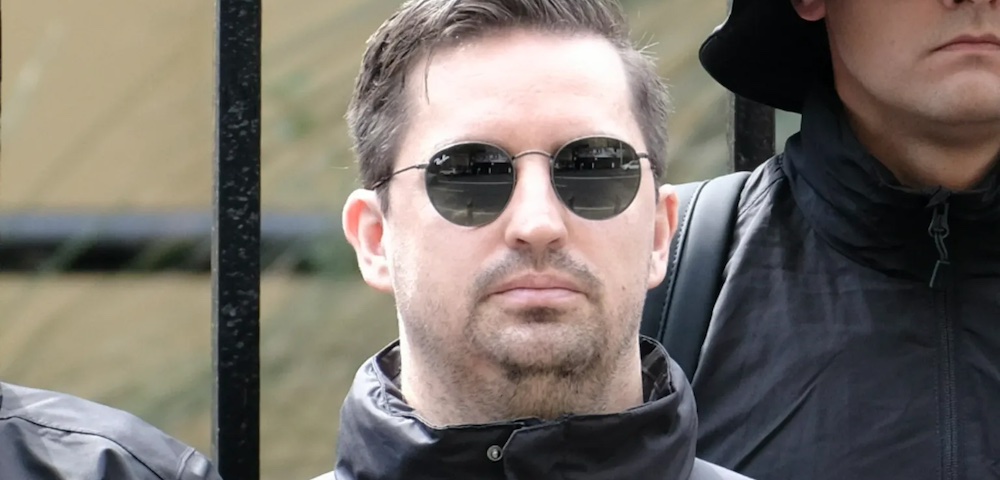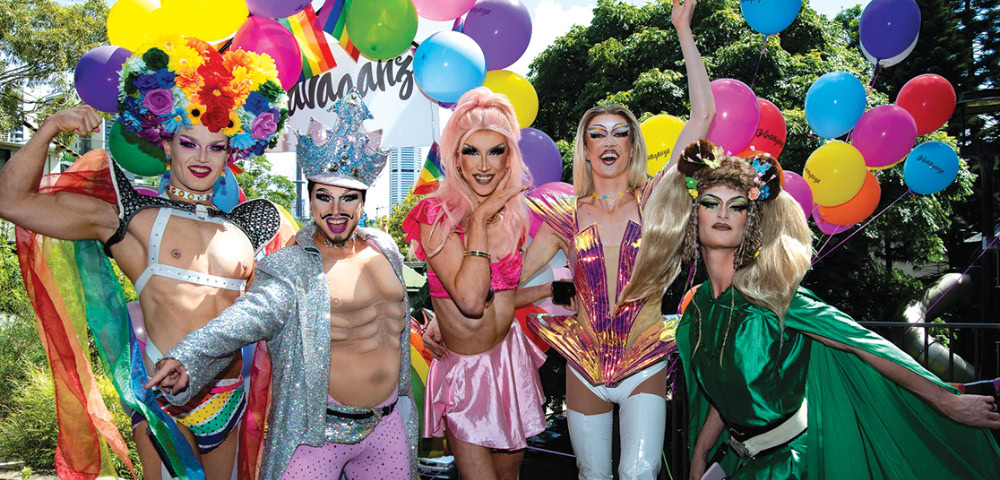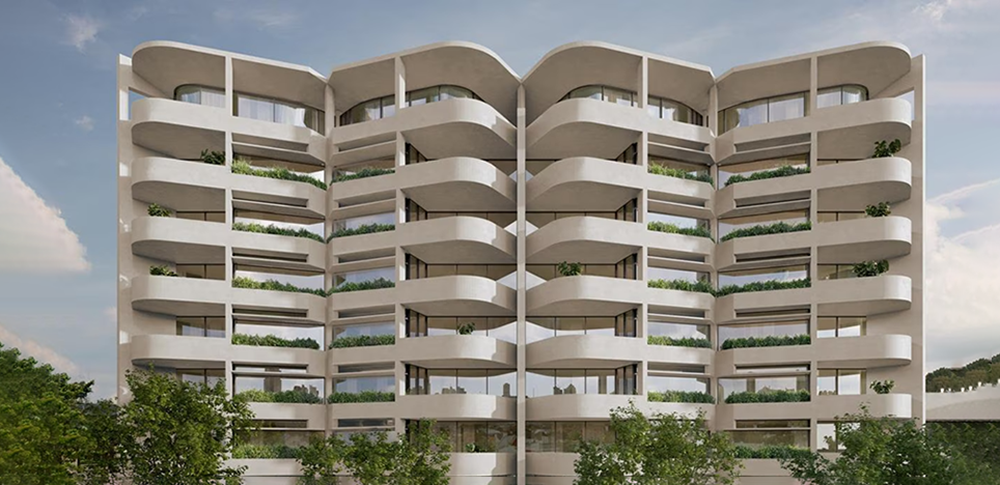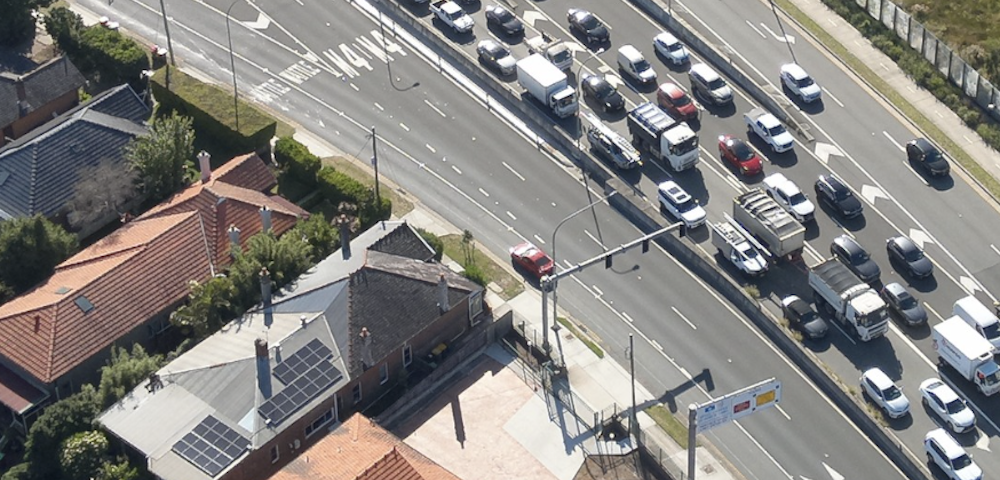

The High Speed Rail Authority (HSRA) has unveiled plans for a line connecting Sydney to Newcastle within an hour, but experts have their misgivings.
Envisioning 191 kilometres of new track, the Commonwealth agency proposes stations at Western Sydney Airport, Parramatta, the city centre, Gosford, Lake Macquarie and Broadmeadow, a short distance west of central Newcastle. Most of the line would run underground, beneath the scenery of the Central Coast.
Development of the section from Newcastle to Gosford is hoped to be completed by 2037, followed by the stretch to Sydney two years later, and the final leg to the new airport by 2042.
Immediately, however, the plan hit headwinds. Premier Chris Minns said that New South Wales would not foot the entire bill for its construction.
“The truth of the matter is, the federal government’s got way, way deeper pockets than NSW. If it’s an initiative that they want to pursue, it’s great for NSW. I’m not going to stand in the way.”
He said that the state “needs some love from the federal government.”
An HSRA spokesperson told the City Hub that the state government has publicly expressed willingness to work collaboratively with the Commonwealth on high speed rail, “including fast tracking relevant planning approvals process.”
“However, the proposed high speed rail connection between Newcastle and Sydney is an initiative of the Australian Government.”
Cost and benefit of a high speed rail spotlighted
High speed railway proposals have a long history in Australia, with most since the 1980s focusing on part or all of the important corridor from Brisbane to Melbourne via Sydney. All have stalled in the planning stage.
Professor David Hensher, Director of the University of Sydney’s Institute of Transport and Logistics Studies, has worked on numerous proposals. He said that he is “not optimistic” that the proposal will go far.
Hensher and transport expert Russell King question the financial justifiability of the plan.
“Optimistically, the benefit-cost ratio sits between 0.8 and 1.05, and this is being generous given the many questionable assumptions.”
“That means for every dollar spent, we might get back only 20 cents.”
Their concerns are that Newcastle is not populous enough to anchor the project, that 60 percent of the route will require tunnelling through protected areas, that construction emissions will not be offset by small mode shifts from private vehicles, and that cost overruns and delays are guaranteed.
“From 2029 to 2036, there will be a 35 percent shortage in civil engineering workers. Brisbane’s 2032 Olympics will compete for the same skilled people. Worse yet, politicians are rushing the project.”
Hensher says that despite his support for eventual high speed rail, “this project fails the basic test – is it the best use of taxpayer money?”
Intercity service is popular
In 2024, 13.3 million trips were made on the Central Coast & Newcastle Line, making it by far the most patronised intercity rail service in the state. Some trains running between Sydney and Newcastle are now 10 carriages long, a change implemented this year during the rollout of the Mariyung fleet.
Express trains take about two and a half hours, give or take, to run the entire route.
There is some theoretical potential to reduce journey times on the line. The Mariyung trains are currently permitted to run at 130 km/h, and are capable of 160 km/h – both faster than the 115 km/h velocity which the old V sets are allowed to reach. Although the line has sections rated for speeds faster than that, no timetable changes have yet been made. These would be complicated given that the line is used by many slower trains.
Travellers who commented to the City Hub had little to say, but were broadly satisfied with the current service.









